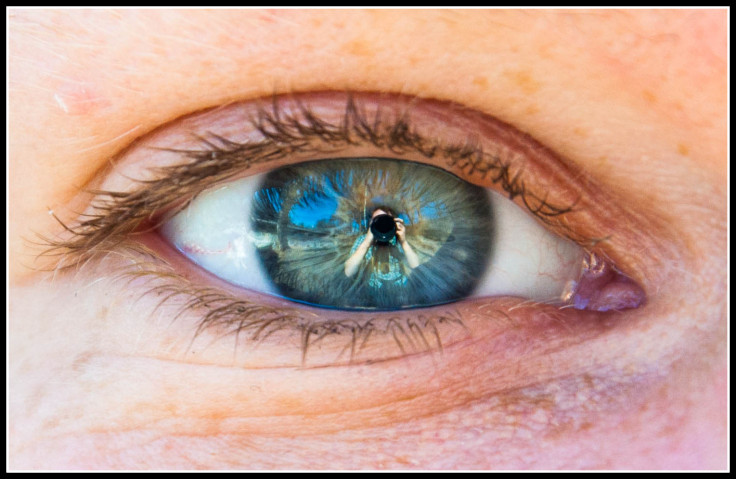Pathway that can reroute visual information has potential to prevent blindness

A pathway that can reroute visual information and potentially prevent blindness has been discovered by scientists.
Researchers at Monash University in Australia have found that areas of the brain responsible for vision have the potential to adapt to trauma and injury – meaning that blindness can in theory be avoided.
The study, published in the journal Current Biology, also provides a greater insight into the relationship between vision loss and brain plasticity – the brain's ability to modify its own structure to compensate for change or damage.
Vision is the most complex sense, with over half of the outer layer of the brain devoted to it. Previously, it was thought one pathway from the eye to the brain was responsible for conscious vision. If this pathway is lost, the individual becomes blind.
However, scientists have now found that visual information can be rerouted in the brain to avoid damaged areas. The second pathway is through an area called the pulvinar.
Previously, scientists have found children whose primary pathway is injured often retain normal vision, where an adult would be left blind. The pulvinar is known to play an important role in brain development and following injury, especially in the first year of life.
Research leader James Bourne said: "Decades of research have focused on one pathway in the brain thought to be responsible for conscious vision. We knew the brain has the capacity to re-wire itself following injury or trauma but the idea that there is a second pathway providing visual information to the brain is a relatively new phenomenon.
"Our research proves a second pathway exists but significantly it also shows the brain is much more plastic than originally believed."
Researchers say their findings provide information on how the visual system is wired together in the brain after an injury. They say gaining a greater understanding of this provides huge possibilities for regenerative medicine.
Scientist Claire Warner said: "The next step is to undertake more work to better understand the complex circuitry of the visual brain and how pathways are established in early life and removed at a later stage. We're a long way off but this opens up a whole new line of inquiry to see if we can develop regenerative techniques to restore vision loss."
© Copyright IBTimes 2024. All rights reserved.






